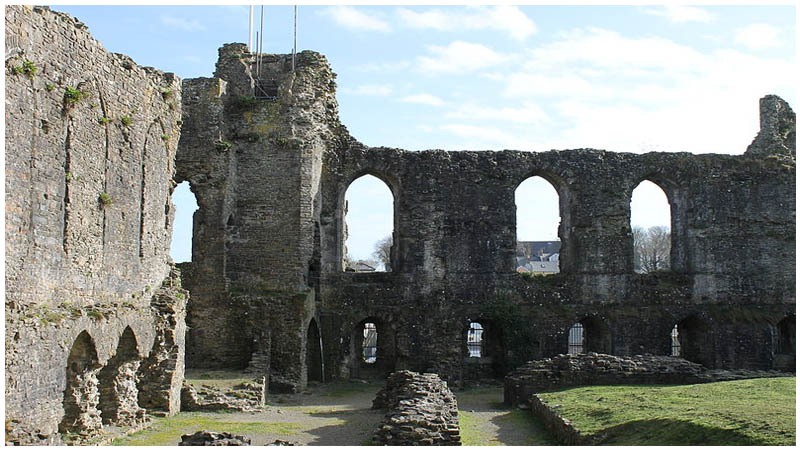Haverfordwest Castle stands in the middle of the market town of Haverfordwest in Pembrokeshire, a county that juts out into the Celtic Sea at the most south-western point of Wales.
It has been an important location since at least the era of Roman occupation in Britain, as it stands at the lowest fording point on the Western Cleddau river before this waterway becomes a tidal estuary.
The town was historically accessible by boat from Milford Haven, which is one of the deepest natural harbors in the world and has been used for over a millennium as a port, safe shelter, and staging post for many military operations.
Records suggest there was an Iron Age hill fort where Haverfordwest Castle and the town that grew up around it now stand.
Although evidence of typical wall-and-ditch earthworks from that period have yet to be found, there have been numerous archaeological discoveries of Iron Age and Roman artifacts and coins in the area.
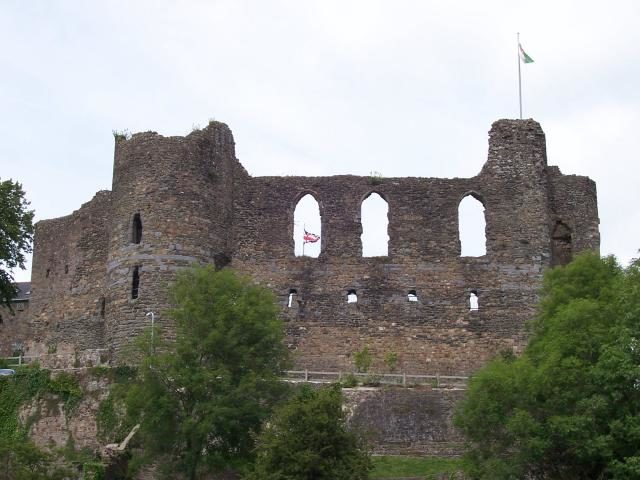
Today a part of Wales, Haverfordwest Castle was a stronghold of the English — or at least, whoever were the dominant society of the neighboring part of southwest Britain throughout its complicated history of conquest and counter-conquest.
Its founding is uncertain as some records offer different information. It seems certain that there was a Danish settlement here, from sometime in the 9th century until the Norman conquest of Wales in 1093.
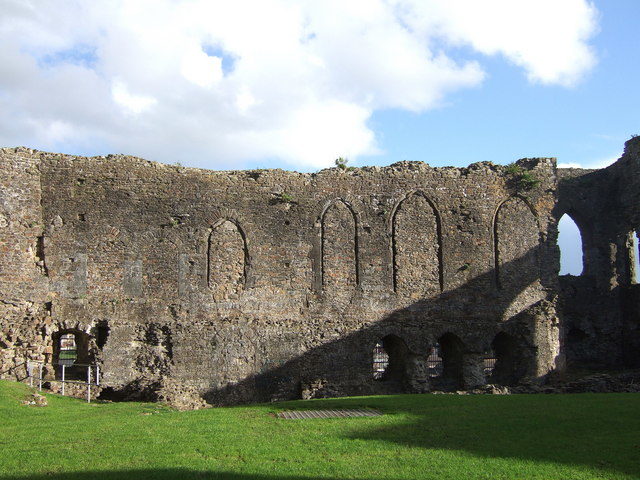
While many sources insist that Haverfordwest Castle began its days around 1110-1120 as a stone-built Norman keep sitting on top of the bailey, the Pembrokeshire Records indicate it was constructed by Tancred the Fleming, possibly around 1108, and that it remained in his family until 1210.
Certainly, there was a large wave of Flemish migrants into the Pembrokeshire area (then part of the kingdom of Deheubarth) in the early 12th century, which was accompanied by a flurry of castle building.
This didn’t go down too well with the natives: Haverfordwest Castle may have successfully fended off an attack from Gruffydd ap Rhys, ruler of Deheubarth, soon after it was completed. This was certainly not the last time it would be attacked by the Welsh tribes.
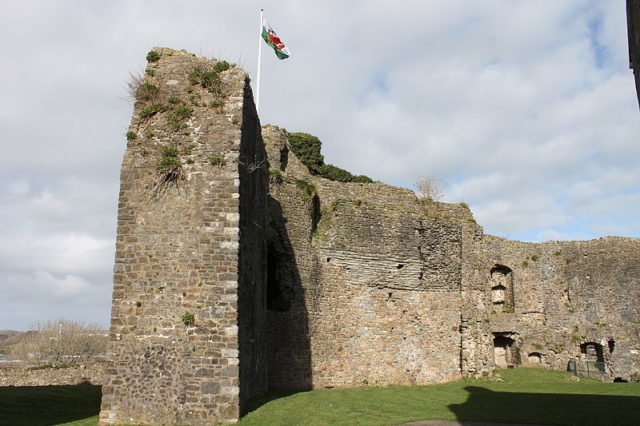
In 1220, Llywelyn ab Iorwerth, also known as Llywelyn the Great, set fire to the town but was unable to take the castle, which by this time would have had a stone keep. In the long run, being burned down turned out to be a good thing for the town.
The rebuild was much better and the new town walls much stronger. After this, Haverfordwest became an important commercial center.
Another unsuccessful attack was led by Llywelyn ap Gruffudd, or Llywelyn the Last, on Haverfordwest Castle in 1257, when the stronghold was in the hands of Anglo-Norman aristocrat Humphrey II de Bohun.
The final clash with the armies of Welsh tribal leaders was during Owain Glyndwr’s War of Independence in 1405.
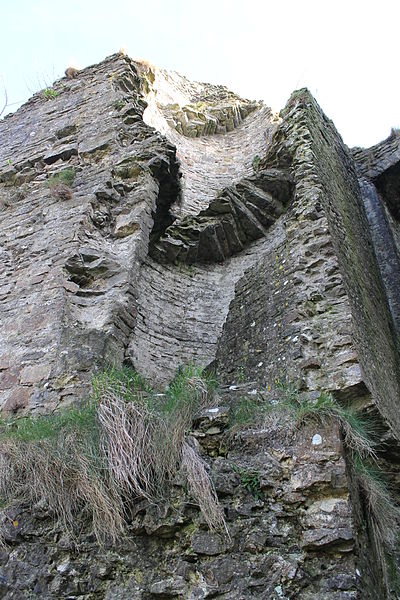
Further support for the theory that the castle is of Flemish origin can be found in the chronicles of Giraldus Cambrensis, or Gerald of Wales.
This dynamic late-12th century Norman-Welsh cleric and writer wrote possibly the first ever travel guide, based on his 600 mile trek around Wales accompanied by Archbishop Baldwin.
In his Descriptio Cambriae, which he completed in April 1188, Giraldus mentions visiting Haverfordwest Castle. His description is of an earth and timber construction with a square keep, and he also says that part of the castle was used as a jail.
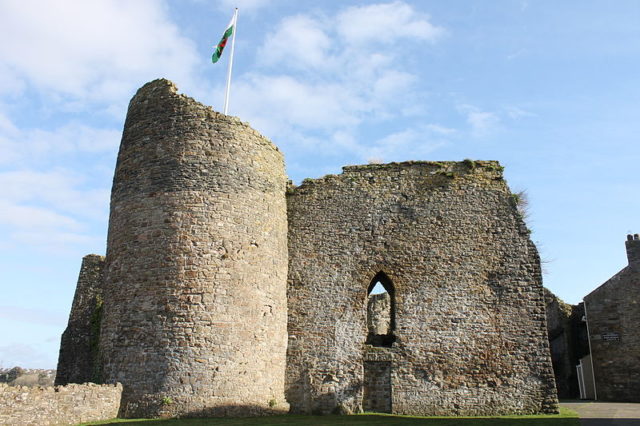
There is little evidence of the original timber castle. It is thought to have been rebuilt in stone on its present footprint after King John of England seized the castle from the Tancred’s. He leased it to William Marshal, Earl of Pembroke, from 2013.
The castle fell in battle for the first time during the Second Barons War, a civil war between a group of barons and the forces of King Henry III of England — which started due to a personal feud between French-English nobleman Simon de Montfort, 6th Earl of Leicester, and the king.
It was 1265 when Haverfordwest Castle was taken by William de Vallence, but in 1274 the Crown granted it back to its previous incumbents, the royalist du Bohun family. It had a number of different owners over the following centuries.
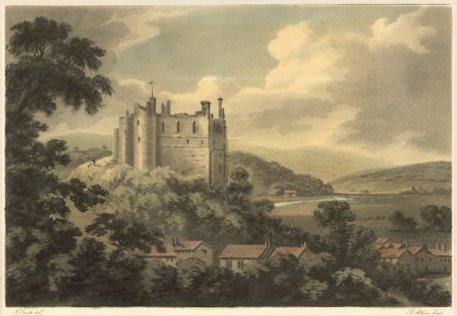
Queen Eleanor initiated a program of expansion of the stronghold in 1289, and it was renovated and further strengthened in the late-14th century. It had fallen into disuse by the time of the English Civil War (1642-1651) but was refortified and held at different times by both sides.
In 1648 Oliver Cromwell, self-declared Lord Protector of the Commonwealth of England, Scotland, and Ireland, ordered the destruction of Haverfordwest Castle. This was one of sores of strongholds and “monuments of idolatry and superstition” (i.e. Catholic churches) destroyed by Cromwell’s army, one of the most famous being Corfe Castle in Dorset.
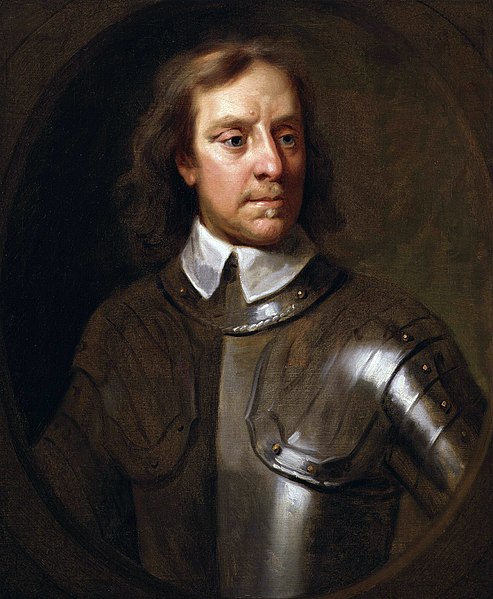
In the end, Haverfordwest Castle was only partially demolished, and from 1779 it was used as a prison. Additional prison buildings were erected within the castle grounds at the start of the 19th century.
The prison was closed in 1878 and the all of its prisoners were transferred to Carmarthen.
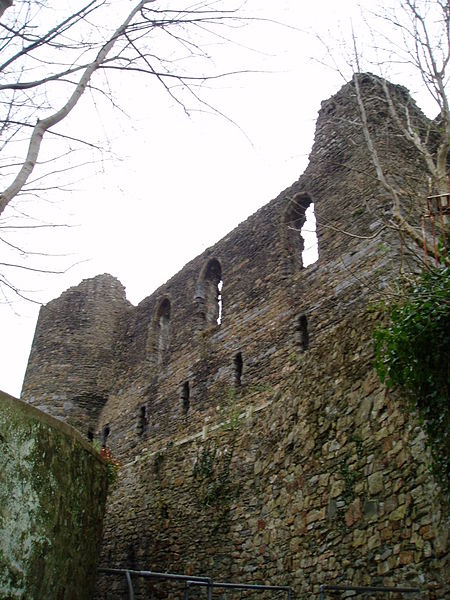
The former prison building now houses the County Archive, and the remaining castle ruins are a popular tourist attraction. The town museum is also located inside the outer walls. A number of artifacts found during an archaeological excavation conducted in 2008 can be seen on display here.
